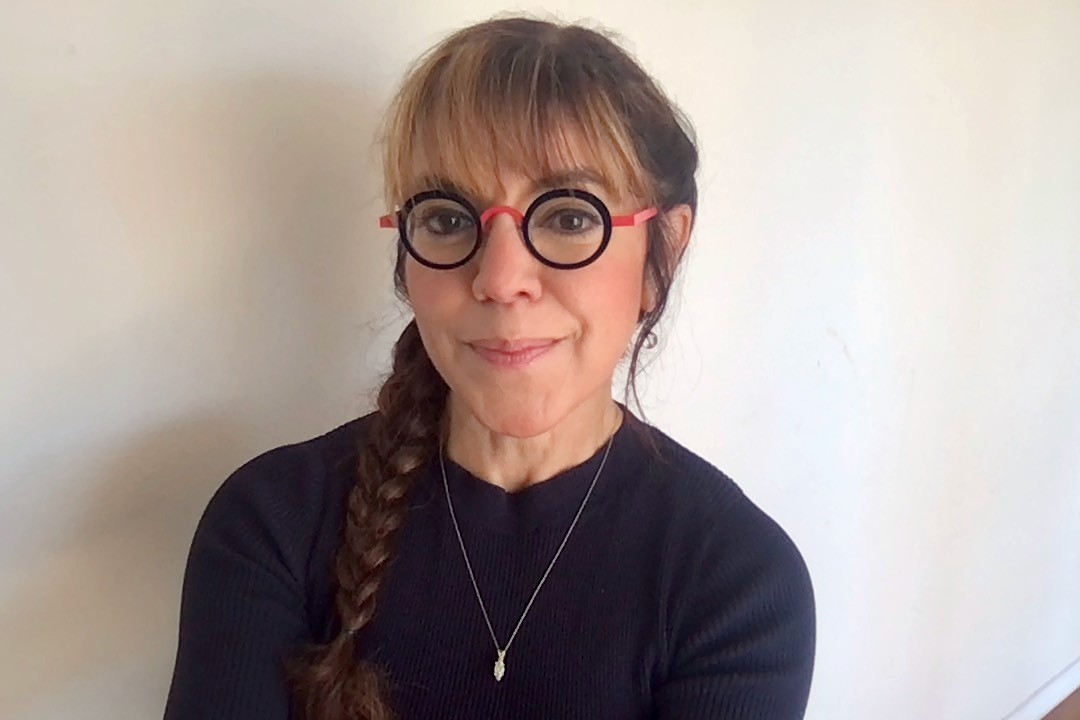Diversity, equity and inclusion have been on the top of the agendas for business leaders from the CMO to the boardroom for quite some time, but 2023 was a watershed year of polarity and backlash. So, what are consumers actually thinking about these issues and what are their concerns as it relates to marketing? And what’s most important to Americans when it comes to DEI from business leaders and marketers?
To help brands and marketers understand what consumers expect of them and how to create success, Kantar launched the Brand Inclusion Index, a report analyzing the experiences and expectations of those demographics that tend to be excluded by brands. We also hosted a session with special guest speakers Diego Osuna, Senior Manager, Integrated Marketing Strategy, T-Mobile; Ignacio Puig de la Bellacasa, VP Strategy, Planning & Operations, MasterCard; and Sergio Alcocer - Founder - Rest of the World focusing on the Hispanic Community in the US and how businesses can connect with this vibrant community.
The Hispanic population’s growth, buying power, and share of the workforce, make them one of the nation’s leading demographics for future market share growth. Latino consumers are aware of top performing DEI brands like T-Mobile, rated #1 and Mastercard, rated #2, as inclusive brands in their categories, according to Kantar’s Brand Inclusion Index.
Some facts:
- At 19% of the total US population, the Hispanic population accounted for over half of the population growth from 2010 to 2022.
- Hispanic buying power is projected to more than double from $1.1 trillion to $2.8 trillion from 2010 to 2026, which is 2.6x growth vs 1.9x for non-Hispanics.
- The median age of Hispanics is 30 years old, over 8 years younger than the non-Hispanic median of 38.4.
- Education attainment is growing, the percentage of US Hispanics ages 25 and older with a bachelor’s degree or more increased 7 percentage points since 2010. The Hispanic generation of millennials is the most educated.
- Latino households are expected to contribute 53% of the homeownership growth between 2020 and 2040, already accounting for almost 25% of homeownership growth since 2014.
- Hispanics are projected to account for 78% of net new worker growth between 2020 and 2030.
So, given the rising importance of this key demographic in the US, how can marketers create successful, meaningful, and impactful partnerships with the Hispanic community?
First step to connection is cultural competency and understanding
It makes a difference when brand ideas and programs are inspired by the diverse cultural experiences of people in different parts of a company. Hispanic shoppers are seeking brands that not only understand their culture but celebrate it too. Kantar’s US DEI MONITOR found that 64% of Hispanic consumers ‘seek out brands that acknowledge their culture and unique traditions’, compared to 48% of the rest of the population, and 58% of Hispanics say that their culture, heritage, and background influence their purchasing decisions.
T-Mobile is the most inclusive US Mobile-Carrier brand according to Kantar Brand Inclusion Index. Diego Osuna, Hispanic Marketing Strategy Lead, from T-Mobile sees the brand as a collection of promises, and by not only meeting, but exceeding consumers’ expectations with the actual experience, T-Mobile continuously grew over time.
Osuna takes an expansive view of Inclusion, it’s about both the composition of the marketing team representing various Latin-American experiences, origins, and levels of acculturation, and also about engaging non-Hispanics who come together with a desire to learn and a passion for the marketplace. He doesn’t want T-Mobile to just be known as the most inclusive brand in the Telco category, he is aiming to become the Ultimate Inclusive Brand across categories.
And even as the company has grown in infrastructure and capabilities, Osuna says T-Mobile has stayed consistent in improving its marketing processes, removing barriers of access and customizing value offers for the growing needs of Hispanic families. At the core, being engaged, curious, and inclusive is how T-Mobile fulfills their mission of being best-in-class.
Brand loyalty is earned through genuine investment and support. Hispanics are looking for brands that demonstrate genuine care for their community. True concern is a major factor in standing out from the competition to win the loyalty of Hispanic customers. Developing a workforce that reflects the communities a brand serves improves cultural sensitivity, customer relations, and reduces cultural barriers.
True inclusivity improves access to products by solving pain points and lifting restrictions
Mastercard was the #2 top performing DEI brand in the payments industry. Ignacio Puig de la Bellacasa, VP Strategy, Planning & Operations, from Mastercard, discussed two major innovations in diversity initiatives during our webinar. Innovation in DEI pays off. Kantar’s BrandZ study has found that brands perceived as high on innovation have grown 7x faster than competitors.
The first Mastercard example is Touch Card that created a new accessible card standard for people who are blind or partially sighted. The card has three tactile notches to help people identify the right card to use whenever needed. Another inspiring example is True Name tailored to the non-binary & transgender community that allows people to have their chosen name on their credit or debit card. When it comes to inclusivity & representation, products that address barriers and respect identity help everyone to improve access and bring more freedom to people's lives.
At its core, a company’s DEI strategy informs how the brand shows up in the marketplace, and most importantly, how the brand is remembered and respected. As Rest of the World agency founder Sergio Alcocer said, “brave brands advocate for social causes, which then fosters a sense of belonging.” It’s good business too. An example of this is Truist, also recognized as a top performer in Kantar’s Brand Inclusion Index. Truist leads the banking category in brand perception of DEI with their many initiatives, such as opening branches in ethnically dense neighborhoods, using incentives to encourage the creation of emergency savings accounts, creating new account options without overdraft.
Truist recently launched the Truist “Long Game,” a mobile app designed to increase engagement so that building financial wellness is more fun because it offers the chance to earn monetary rewards. The product focuses on creating digital solutions to meet clients where they are. Truist has also committed substantial funds to support financial literacy, education, vocational training, citizenship, health and recreation.
Learn from the U.S.’s most inclusive brands
The U.S. market is increasingly diverse, and brands that want to grow need to understand the needs and brand expectations of populations that are growing in size, buying power, and cultural influence. Today, more than ever, brands need to address their inclusion gaps.
The first-ever Brand Inclusion Index assesses which brands are best in class in DEI (Diversity, Equity, and Inclusion), who is performing well, and who still has work to do. Designed to help you develop a clear and committed DEI strategy, the study identifies the scale of the challenge and the steps your brand needs to take to connect with key underrepresented populations. To discover how to attract spending from key groups and the scale of the inclusion opportunity, download our free booklet.

